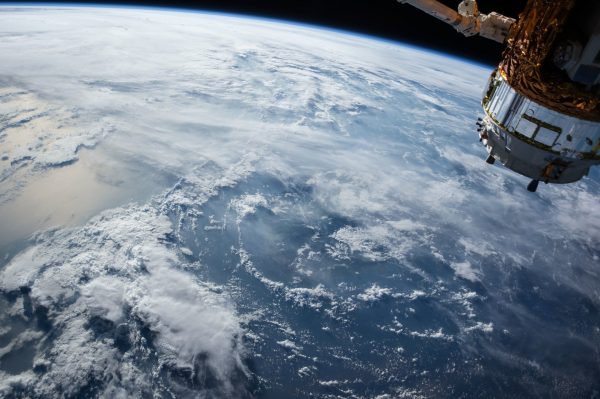The agreement between India and the United States to advance space collaboration in several areas, including human space exploration and commercial space partnership, falls at a critical juncture for both countries. This follows the eighth meeting of the United States-India Civil Space Joint Working Group (CSJWG) on January 30-31, 2023.

Factors limiting India-US space cooperation
- Misalignment in the two countries’ space interests: The first structural factor limiting long-term growth is The mismatch in the two countries’ interests in outer space is reflected in India-US space cooperation.
- Although the United States and its partners emphasise the importance of maintaining capabilities in low-Earth orbit, their sights are firmly set on the moon.
- India’s current focus is on improving its satellite launch capabilities: India’s scientific community is working to improve the country’s capability in and below earth orbits. The Gaganyaan human space flight programme aims to ensure India’s long-term human presence in space. This is not to say that India does not have aspirations for the moon, Mars, and beyond. However, India’s top priority is to significantly increase its satellite and launch capabilities in earth orbit in order to catch up with other spacefaring nations such as China.
- The asymmetry in capabilities: The United States has the most registered satellites in space. It also has a variety of launch vehicles that serve both commercial and national-security purposes.
- For example, in the private sector: SpaceX, for example, achieved a record 61 launches in 2022, far exceeding the number of launches undertaken by any other commercial entity or country. The American private sector has also taken on the challenge of replacing the International Space Station with a network of smaller stations by 2030.
- The greatest challenge for India here is a lack of capacity: the country has just over 60 satellites in orbit and cannot launch more than ten satellites per year. In addition, the Indian government only opened the space industry to the private sector in 2020. Because the United States already has a large network of space cooperation partners, it has few technical incentives to collaborate with India.
- Disagreements about how to govern space activities: Disagreements over how to best govern space activities on the moon and other celestial bodies exacerbate these issues. Despite countries’ willingness to collaborate, structural factors outweigh diplomatic incentives to pursue long-term cooperation.
Have you heard of “NISAR”?
- Under a partnership agreement signed in 2014, space agencies from the United States and India collaborated to build NISAR.
- The satellite, weighing 2,800 kilogrammes, is equipped with both L-band and S-band synthetic aperture radar (SAR) instruments, making it a dual-frequency imaging radar satellite.
- ISRO provided the S-band radar, the GSLV launch system, and the spacecraft, while NASA provided the L-band radar, GPS, a high-capacity solid-state recorder to store data, and a payload data subsystem.
- The satellite’s large 39-foot stationary antenna reflector is also an important component.
- The reflector, which is made of gold-plated wire mesh, will be used to focus the radar signals emitted and received by the upward-facing feed on the instrument structure.
Some novel solution
- Sustained engagement: The traditional approach to fostering long-term cooperation is to maintain engagement between academics, the private sector, and state-led entities in both countries. Collaboration on highly specialised projects such as the NASA-ISRO Synthetic Aperture Radar (NISAR) mission could also result in long-term engagement.
- Collaboration and cooperation between public and private entities: Cooperation can take the form of a partnership between state and private entities, or, as agreed at the most recent meeting, a convention of American and Indian aerospace companies to advance collaboration under NASA’s Commercial Lunar Payload Services (CLPS) programme. A similar arrangement could be expanded.
- Reducing reliance: India could send astronauts to train at private American companies. This could assist India in reducing its reliance on Russia while ISRO constructs its own astronaut training facility.
- Another novel arrangement could be a consortium led by the government-owned New Space India Limited that includes private companies in the United States. This arrangement could hasten India’s human spaceflight programme while also allowing the US to accommodate Indian interests in earth orbit.
@the end
The United States and India have made significant advances in the private space sector. Together, these initiatives have the potential to shape and influence US and Indian space policies and programmes over the next decade.
Source:https://www.thehindu.com/opinion/op-ed/india-us-space-cooperation-from-handshake-to-hug/article66501143.ece
